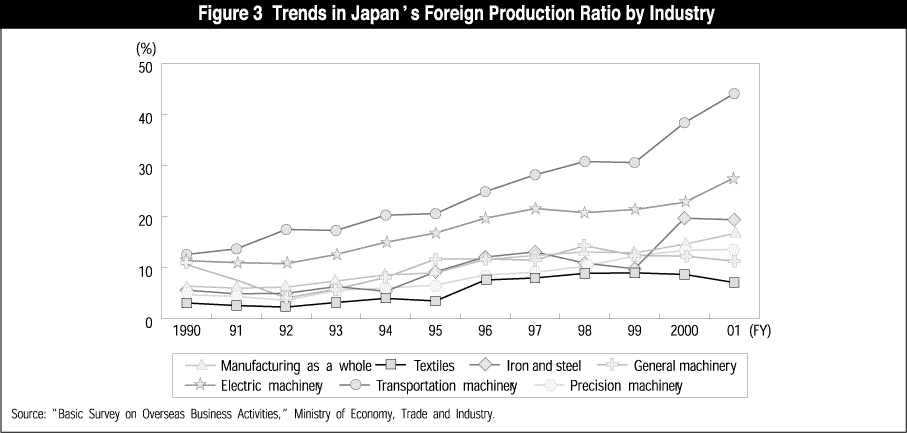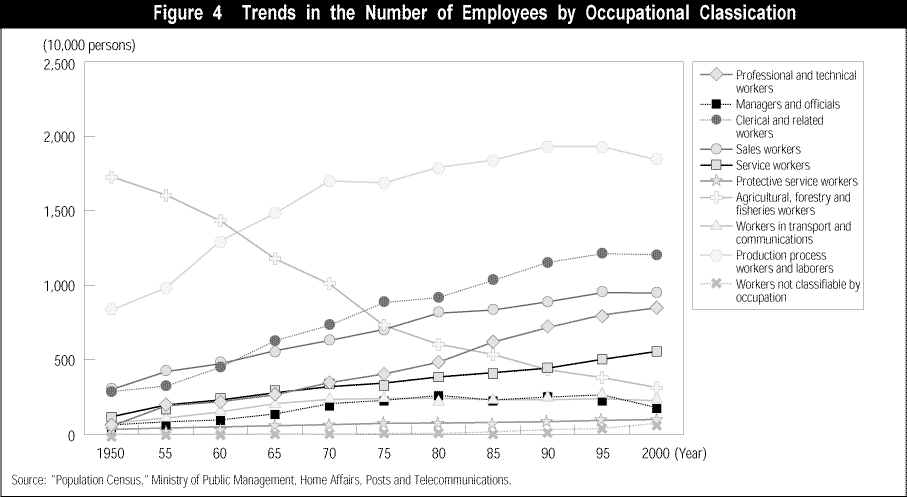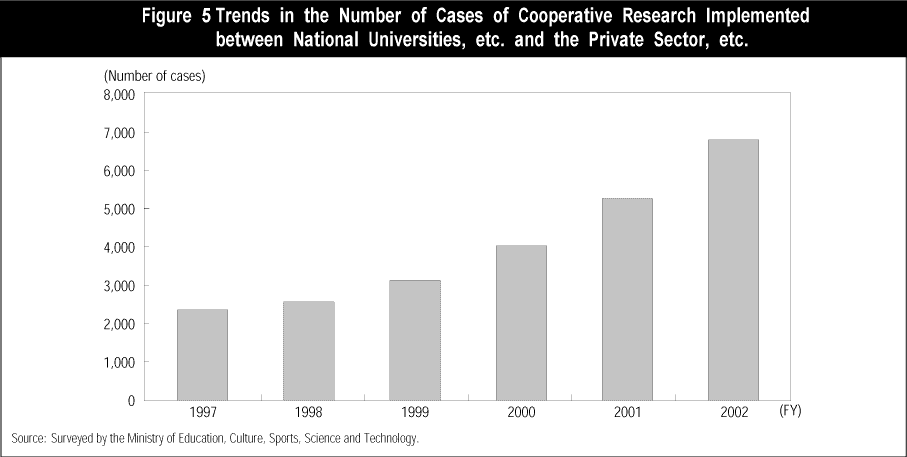| Home > Policy > White Paper, Notice, Announcement > White Paper > FY2003 White Paper on Education, Culture, Sports, Science and Technology >Part1 Introduction1(2) | ||
In 1984, the National Council on Educational Reform was established, and on its recommendation, the University Council was created. Prior to being reorganized and integrated with the Central Council for Education in 2001, the University Council compiled 28 reports focusing on the keywords of advancement, individualization and revitalization of higher education. In response to these reports, a wide range of university reforms have been advanced. The first chapter of Part I covers in detail the situation concerning the significant changes taking place in universities in Japan.
There are a number of underlying factors accounting for the expansion of university reforms. The first of these is changes in students. While the population of 18-year-olds is shrinking, the percentage of students proceeding to higher education is increasing. In addition to this so-called popularization of higher education, there is increasing diversity in upper secondary education as well as the abilities and knowledge of students who have traditionally proceeded to higher education, and an increase in adult students and foreign students. All of these have made a review of the modalities for education necessary.
Another factor is changes in the demand for human resources. In an environment in which Japan is moving from an international position of playing "catch-up" to the position of a so-called "frontrunner," so too is the economy and society becoming increasingly borderless and informatization is progressing, leading to a change in the abilities that employers are seeking in their human resources and a change in customs concerning personnel management and employment ( Figures 3 and 4 ). In response to these changes, it is necessary for universities to review their curricula.
From a research perspective, the industrial world is increasingly relying on the knowledge base, thus making industry-academia cooperation a very important issue ( 5 ). As such, universities are required not just to impart technical guidance, but also to engage in full-fledged cooperation with the industrial world in order to promote academic development.
In addition, it is possible to identify many other factors, including the trend towards the realization of a lifelong learning society. In all of these various developments, the administration of higher education is moving from a position of "achieving quantitative improvements while securing the minimum level" to "promoting diverse development in a competitive environment." Policies are thus being formulated based on the acceptance of the concept that the system as a whole, including the varied institutions of higher education, need to accept the diverse demands of a rapidly changing society.



| Back To Top | MEXT HOME |